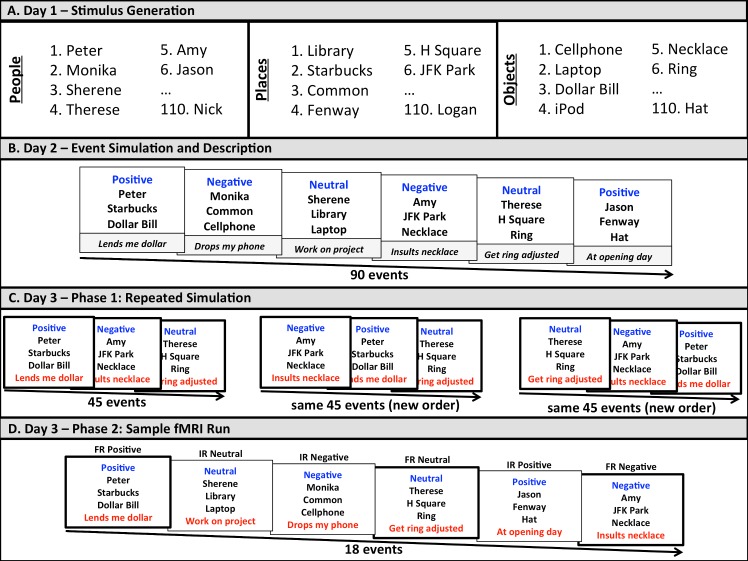Fig 1. Illustrative diagram of repeated simulation paradigm.
(A) During an initial visit, participants generated lists of 110 familiar people, 110 familiar locations, and 110 familiar objects that were later randomly re-organized to form 90 person-location-object triads that served as simulation cues for the study. (B) During a second visit, one week after the first visit, participants were required to simulate future events in response to 90 person-location-object triads or simulation cues. Each cue was paired with a positive (30), negative (30), or neutral (30) emotion tag and participants were given 12.5 s to generate a future event that involved interacting with the specified person and object in the specified location that would make the participant feel in accordance with the specified emotion. After 12.5 s, participants were required to type a brief description of the event that would later help them to re-imagine the same event. (C). During a third visit, one day after the second visit, participants were required to re-simulate 45 of the 90 events (15 positive, 15 negative, and 15 neutral). These 45 events were each simulated three times, each time in a new random order. Each simulation cue was comprised of the person-location-object triad, the emotion tag, and the participant’s previously generated description of the event. Participants were given 12.5 s to re-simulate each event. (D) During the third visit, and 10 minutes following re-simulation, participants were placed in the fMRI scanner and asked to imagine all 90 events (45 repeated, 45 non-repeated) one more time. The events were simulated over the course of 5 scans [18 events per scan; 6 negative frequently repeated (FR), 6 positive FR, 6 neutral FR, 6 negative infrequently repeated (IR), 6 positive IR, and 6 neutral IR trials per scan). Each trial involved a 30 s time window that comprised a preparatory ‘simulate’ cue (2.5 sec), a simulation cue (emotion tag, person-location-object triad, event description; 12.5 s), and memory, subjective detail, and subjective plausibility ratings (5 s each; see Methods for additional details).

